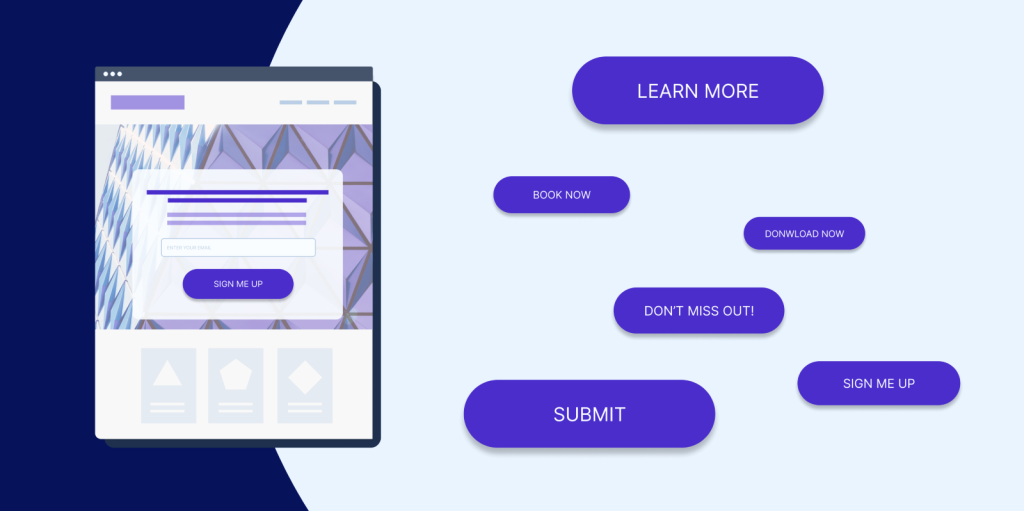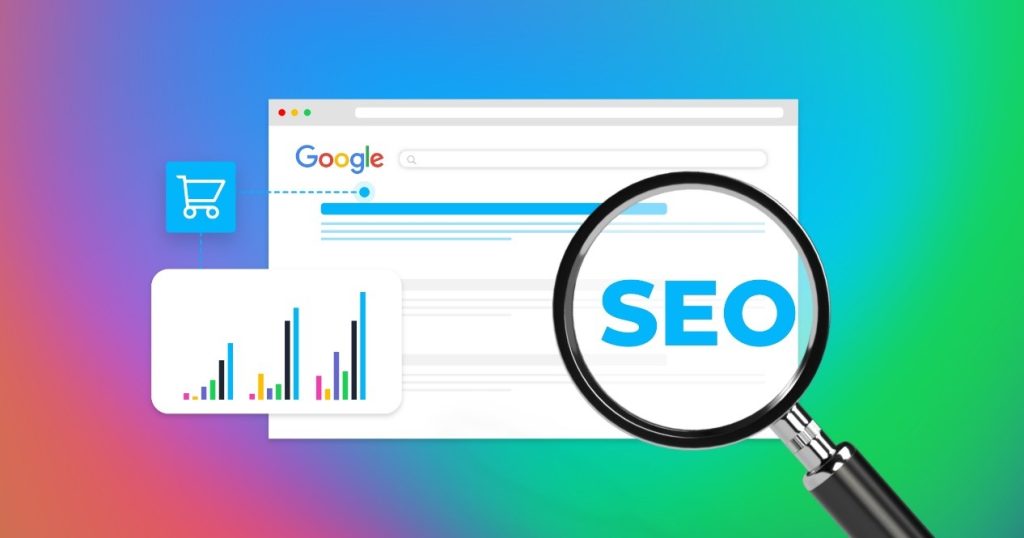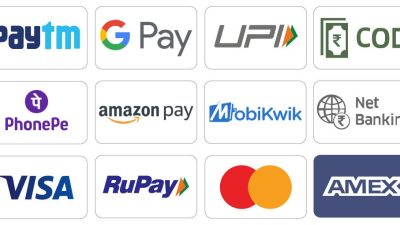In today’s competitive digital landscape, having a website is not enough—how the website is designed can significantly affect conversion rates. A custom-designed website tailored to a business’s unique goals and audience can dramatically enhance user experience and drive more conversions. Let’s explore how custom website design impacts conversion rates across 10 key areas. Let’s see Impact of Custom Website Design on Conversion Rates.

1. Tailored User Experience (UX)
Impact: Custom website design allows businesses to optimize user flows based on their audience’s behavior and preferences.
Example: A streamlined navigation system directs visitors to high-priority pages, reducing friction and increasing the likelihood of conversions.
2. Brand Consistency
Impact: A custom website ensures that design elements align with the brand’s identity, building trust and recognition.
Example: Consistent use of logos, brand colors, and typography fosters a cohesive look, making users more likely to trust the business and complete actions like purchases or sign-ups.

3. Improved Mobile Responsiveness
Impact: Custom websites are designed to provide an optimal experience across all devices, especially mobile, where most traffic originates.
Example: Features like thumb-friendly navigation and fast load times make it easier for mobile users to convert.
4. Optimized Call-to-Actions (CTAs)
Impact: A custom design allows for strategic placement and styling of CTAs, encouraging user action.
Example: Eye-catching “Buy Now” or “Sign Up” buttons positioned in key areas can significantly boost conversion rates.

5. Faster Loading Times
Impact: Custom websites are often optimized for speed, reducing bounce rates and keeping users engaged.
Example: A fast-loading e-commerce site can reduce cart abandonment and improve purchase rates.
6. Enhanced Visual Appeal
Impact: Custom websites can use high-quality visuals and unique layouts to capture users’ attention and make a lasting impression.
Example: An aesthetically pleasing homepage with engaging animations can make users more likely to explore and convert.
7. Audience-Specific Features
Impact: A custom site can include features tailored to the specific needs of the target audience, improving usability.
Example: A local restaurant could integrate an online reservation system, making it easier for customers to book a table.

8. Better SEO Performance
Impact: Custom website designs often incorporate SEO best practices, improving visibility and organic traffic.
Example: Optimized layouts and clean coding enhance page rankings, driving more targeted traffic to conversion-focused pages.
9. Trust and Credibility
Impact: A professionally designed custom website conveys reliability and professionalism, encouraging users to trust the business.
Example: A secure, well-organized site with a dedicated FAQ section builds confidence, leading to more conversions.
10. Flexibility for A/B Testing
Impact: Custom websites allow for easy modifications and testing of different design elements to find what works best.
Example: Testing different layouts or button colors can reveal what resonates most with users, boosting conversion rates over time.

Conclusion
Investing in custom website design is more than just an aesthetic decision—it’s a strategic move to maximize conversions. By prioritizing user experience, branding, and functionality, businesses can turn visitors into loyal customers and achieve their online goals.
Bonus Tip: Analyze your current website’s performance and identify areas where a custom design could make a difference. Partner with experienced designers who understand your business and audience to create a website that drives results.




